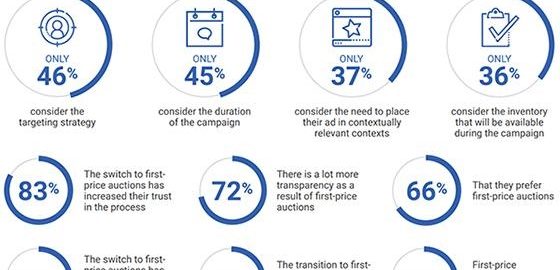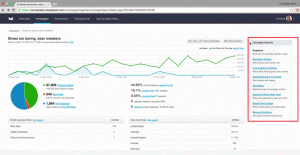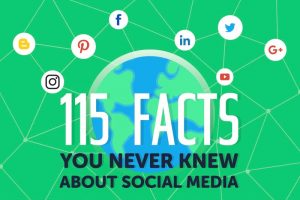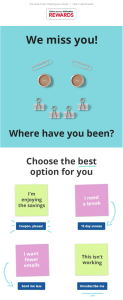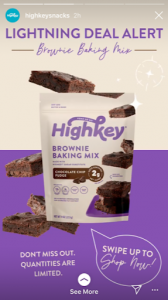Advertisers Losing $6.6B To Bid Shading
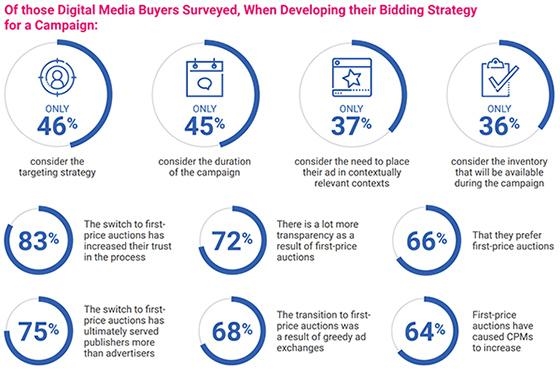
Bid shading, an optimization practice used in programmatic advertising, will likely lead to $6.6 billion in wasted advertising spend annually, mainly because the practice is not well understood by most digital media buyers, according to a recent survey.
The research — commissioned by Cognitiv, which builds custom AI algorithms, and conducted by Alter Agents, an independent research agency — queried 251 U.S. digital media buyers to explore the complexity of bidding environments and how current solutions perform for advertisers. The study was fielded between March 8, 2023 and April 8, 2023.
Findings from the research suggest that 75% of digital media buyers believe the switch to first-price auctions has ultimately served publishers more than advertisers, and 64% said first-price auctions cause CPMs to increase.
The study also found that more than one-quarter of digital media buyers said the transition to first-price auctions in programmatic media buying impacted their company negatively.
One-third of digital media buyers do not even know that bid shading exists, and only 35% feel extremely confident in their understanding of how a bid shading algorithm works and that they can explain it to others. Despite not knowing, 70% pay an extra fee for this tool, assuming that it is saving them money.
The data further reveals a vast majority of digital media buyers cannot agree on what bid shading does; some say:
- 32% — a tool to adjust their bids for a first-price auction
- 32% — an algorithm that optimizes their win-rate and CPM
- 22% — a tool that manipulates their bid so they pay less (22%)
- 12% — adds another fee to their bid
Bid shading, a way for publishers to avoid overbidding, is an algorithm that uses historical winning bid prices for a given advertising placement, recommending an optimal bid for advertisers.
Given rising CPMs and growing discontent among advertisers around the increasing costs of buying in a first-price auction environment, bid shading seemed like temporary solution to the problem.
Now an industry standard, bid shading serves as a middle ground between second-price and first-price auctions, helping to ensure that advertisers feel like they are getting a better deal on inventory while still preserving the first-price environment.
Last year, advertisers spent $109.4 billion on programmatic advertising, excluding search, according to the Interactive Advertising Bureau (IAB).
(4)
